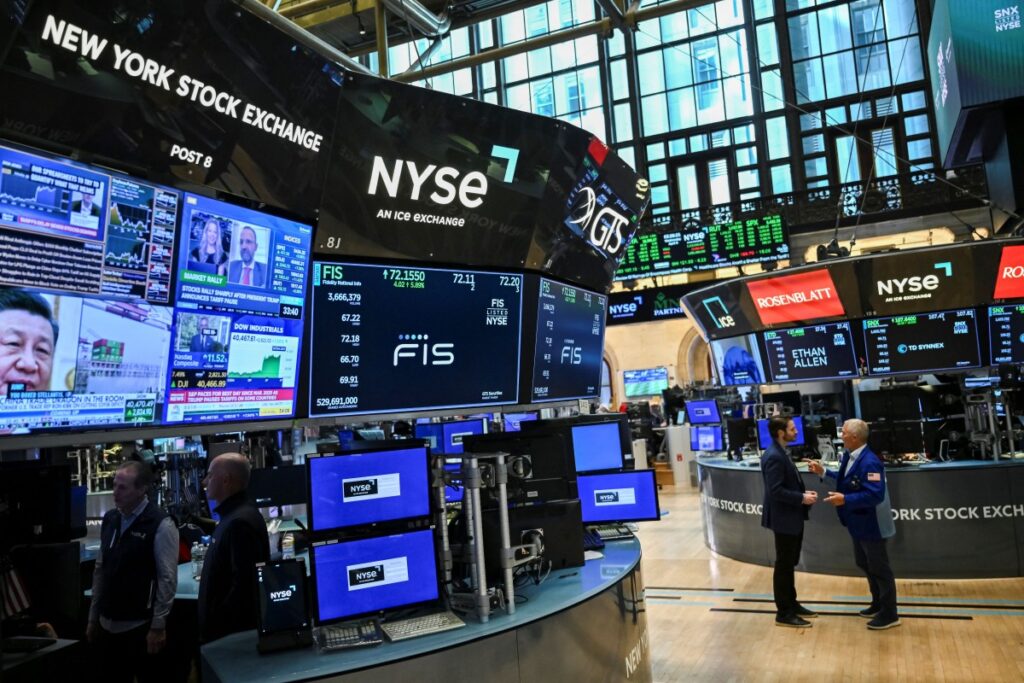
Global equity markets ticked higher on Tuesday, while U.S. Treasury yields steadied, offering a brief reprieve for the dollar as investors continued to evaluate the implications of America’s mounting debt burden.
Markets were still absorbing the volatility sparked on Monday when U.S. Treasuries sold off sharply amid concerns over fiscal stability, pressuring Wall Street equities. However, both bonds and stocks rebounded later in the session, setting a more stable tone for Asian and European markets.
By Tuesday, major stock indices across Asia and Europe were up roughly 0.1%, with Germany’s DAX reaching a record high. In contrast, futures tied to the S&P 500 dipped slightly, reflecting some lingering caution.
Investor nerves were rattled late Friday when Moody’s downgraded the U.S. credit outlook, citing risks from an expansive tax-cut proposal now under Congressional review. The bill is expected to face a pivotal vote later this week, keeping fiscal policy in sharp focus.
U.S. Treasury yields moderated after Monday’s spike. The 10-year yield slipped 3 basis points to 4.44%, down from its one-month high of 4.56%, while the 30-year yield dropped to 4.91%, after briefly surpassing 5%—a level not seen since late 2022.
“The speed of the recovery in yields caught some by surprise,” said Mohit Kumar, Chief Europe Economist at Jefferies. “But the downgrade itself was largely anticipated given longstanding concerns about U.S. debt sustainability.”
Still, signs of global bond market unease remained. In Japan, super-long government bond yields surged following a weak auction of 20-year debt. The 20-year JGB yield jumped 15 basis points to 2.555%—its highest since 2000—while the 30-year yield reached a record 3.14%.
“Yields are climbing globally,” noted Hirofumi Suzuki, Chief Currency Strategist at Sumitomo Mitsui Banking Corp. “Demand at bond auctions is being scrutinized closely, and volatility is unlikely to ease soon.”
Meanwhile, central banks in the Asia-Pacific region took center stage. The Reserve Bank of Australia trimmed its benchmark rate by 25 basis points, citing global uncertainties and a need to support growth. The Australian dollar weakened 0.5% to $0.6426 on the news.
“The RBA appears increasingly uneasy,” said Charu Chanana, Chief Investment Strategist at Saxo in Singapore. “Unless domestic data strengthens or external risks subside, the Aussie may continue to face downside pressure.”
In China, the central bank moved to stimulate the economy by cutting its key lending rates for the first time since October, lifting investor sentiment. The blue-chip CSI 300 index rose 0.6% in response.
Also drawing attention was the debut of Chinese battery giant CATL on the Hong Kong Stock Exchange. Shares surged 12.5% in early trading, following the company’s $4.6 billion IPO—the largest globally so far in 2025.